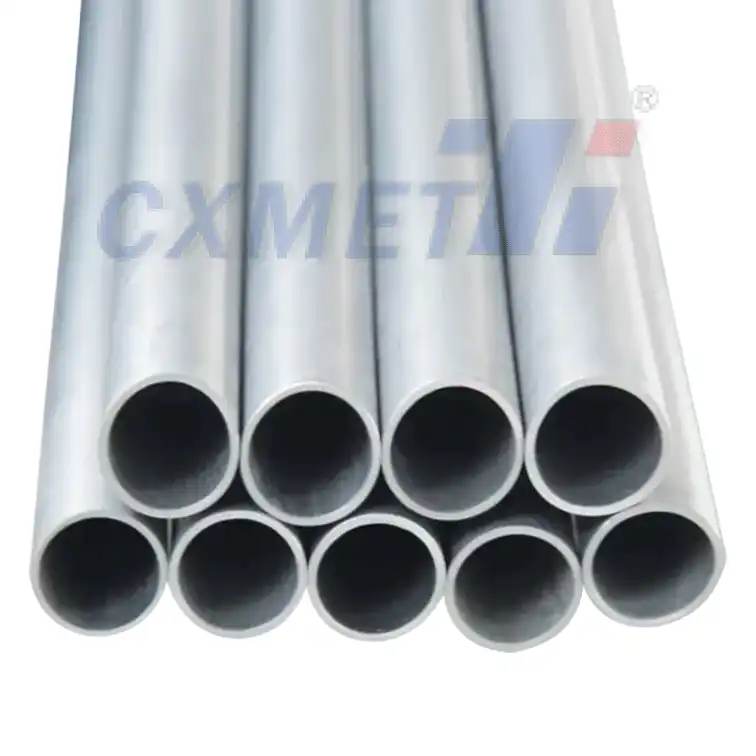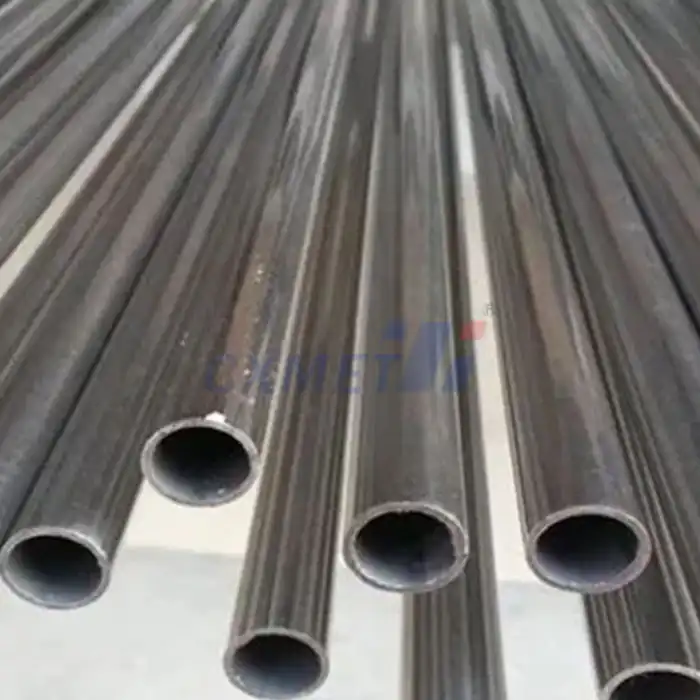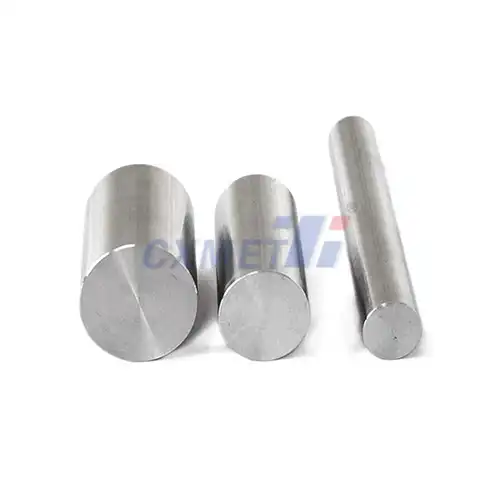- English
- French
- German
- Portuguese
- Spanish
- Russian
- Japanese
- Korean
- Arabic
- Greek
- German
- Turkish
- Italian
- Danish
- Romanian
- Indonesian
- Czech
- Afrikaans
- Swedish
- Polish
- Basque
- Catalan
- Esperanto
- Hindi
- Lao
- Albanian
- Amharic
- Armenian
- Azerbaijani
- Belarusian
- Bengali
- Bosnian
- Bulgarian
- Cebuano
- Chichewa
- Corsican
- Croatian
- Dutch
- Estonian
- Filipino
- Finnish
- Frisian
- Galician
- Georgian
- Gujarati
- Haitian
- Hausa
- Hawaiian
- Hebrew
- Hmong
- Hungarian
- Icelandic
- Igbo
- Javanese
- Kannada
- Kazakh
- Khmer
- Kurdish
- Kyrgyz
- Latin
- Latvian
- Lithuanian
- Luxembou..
- Macedonian
- Malagasy
- Malay
- Malayalam
- Maltese
- Maori
- Marathi
- Mongolian
- Burmese
- Nepali
- Norwegian
- Pashto
- Persian
- Punjabi
- Serbian
- Sesotho
- Sinhala
- Slovak
- Slovenian
- Somali
- Samoan
- Scots Gaelic
- Shona
- Sindhi
- Sundanese
- Swahili
- Tajik
- Tamil
- Telugu
- Thai
- Ukrainian
- Urdu
- Uzbek
- Vietnamese
- Welsh
- Xhosa
- Yiddish
- Yoruba
- Zulu
How Strong Is Dia 10mm Titanium Rod In Medical Implants?
2025-07-30 10:04:56
In the realm of medical implants, the strength and durability of materials used are of paramount importance. Among these materials, titanium stands out as a preferred choice due to its exceptional properties. This article delves into the specific strength characteristics of a Dia 10mm Titanium Rod In Medical implants. Titanium's high strength-to-weight ratio, biocompatibility, and corrosion resistance make it an ideal material for various medical applications, from orthopedic implants to dental fixtures. The 10mm diameter size is particularly significant as it provides a balance between strength and minimal invasiveness, making it suitable for a wide range of medical procedures. As we explore the strength of this specific titanium rod, we'll consider its performance in comparison to other materials, its load-bearing capacity, and its long-term durability based on patient experiences.
|
|
|
Titanium vs. Other Metals: Strength Comparison
Tensile Strength and Yield Strength
When comparing the strength of Dia 10mm Titanium Rod In Medical implants to other metals, it's crucial to consider both tensile strength and yield strength. Titanium, particularly the Grade 5 (Ti-6Al-4V) alloy commonly used in medical implants, exhibits exceptional strength properties. The tensile strength of this titanium alloy typically ranges from 895 to 930 MPa, while its yield strength is around 828 MPa. These values surpass those of many other metals used in medical implants, such as stainless steel and cobalt-chromium alloys. The high strength-to-weight ratio of titanium means that a 10mm rod can provide robust support while minimizing the overall weight of the implant, which is particularly beneficial in orthopedic applications where patient mobility is a concern.
Fatigue Resistance
Another critical aspect of strength in medical implants is fatigue resistance, where the Dia 10mm Titanium Rod In Medical applications excels. Titanium's superior fatigue strength allows it to withstand repeated cyclic loading without failure, a property that is essential for long-term implant success. In comparison to stainless steel, titanium exhibits a significantly higher fatigue limit, meaning it can endure more stress cycles before showing signs of fatigue. This characteristic is particularly important in applications such as spinal rods or hip implants, where the implant must withstand continuous loading and unloading cycles over many years. The 10mm diameter provides an optimal balance, offering sufficient cross-sectional area to resist fatigue while maintaining a relatively low profile.
Corrosion Resistance
While not directly related to mechanical strength, corrosion resistance significantly contributes to the long-term structural integrity of medical implants. The Dia 10mm Titanium Rod In Medical implants demonstrates exceptional resistance to corrosion, outperforming many other metals in this aspect. Titanium's natural ability to form a stable, protective oxide layer on its surface provides excellent defense against the corrosive environment within the human body. This property ensures that the 10mm titanium rod maintains its strength and structural integrity over time, even when exposed to bodily fluids and tissues. In contrast, some other metals may be prone to corrosion, which can lead to weakening of the implant and potential complications for the patient.
Load-Bearing Capacity of 10mm Titanium Implants
Compressive Strength
The compressive strength of Dia 10mm Titanium Rod In Medical implants is a crucial factor in load-bearing applications. Titanium alloys used in medical implants typically have a compressive strength ranging from 850 to 900 MPa, which is more than sufficient for most medical applications. A 10mm diameter rod provides a substantial cross-sectional area, allowing it to withstand significant compressive forces without deformation. This makes it particularly suitable for applications such as spinal fusion rods, where the implant must support a considerable portion of the patient's body weight. The high compressive strength of titanium, combined with its relatively low modulus of elasticity compared to other metals, allows for better load distribution and reduced stress shielding, which can help maintain bone density around the implant site.
Bending Strength
Bending strength is another critical property for Dia 10mm Titanium Rod In Medical implants, especially in applications where the rod may be subjected to bending forces. The bending strength of titanium is influenced by both its material properties and its geometric characteristics. A 10mm diameter rod provides a good balance between flexibility and rigidity. While it's strong enough to resist permanent deformation under normal physiological loads, it also has some degree of flexibility that can help distribute stresses more evenly. This is particularly beneficial in applications like intramedullary nails, where some degree of flexibility can aid in the healing process by allowing micro-motion at the fracture site. The bending strength of titanium also contributes to its ability to be shaped and contoured during surgery, allowing for precise adaptation to patient anatomy.
Torsional Strength
Torsional strength is an often-overlooked but crucial aspect of the load-bearing capacity of Dia 10mm Titanium Rod In Medical implants. Torsional forces can occur in various implant scenarios, particularly in long bone fractures or spinal applications. The 10mm titanium rod demonstrates excellent torsional strength, resisting twisting forces that could potentially lead to implant failure. This property is especially important in applications like femoral or tibial nails, where rotational stability is crucial for proper fracture healing. The high torsional strength of titanium, combined with the 10mm diameter, provides a robust construct that can withstand the complex loading patterns often encountered in orthopedic applications, including combined compression, bending, and torsion.
Long-Term Durability: Patient Experiences with Titanium Rods
Osseointegration and Biocompatibility
Long-term durability of Dia 10mm Titanium Rod In Medical implants is significantly influenced by their ability to integrate with the surrounding bone tissue. Titanium's excellent biocompatibility promotes osseointegration, the process by which bone cells attach directly to the implant surface. This integration not only enhances the stability of the implant but also contributes to its long-term success. Patient experiences have shown that titanium implants, including 10mm rods, often demonstrate superior osseointegration compared to implants made from other materials. This biological bonding helps distribute loads more evenly between the implant and the surrounding bone, reducing the risk of implant loosening over time. The biocompatibility of titanium also minimizes the risk of adverse tissue reactions or allergic responses, contributing to better patient outcomes and improved quality of life in the years following implantation.
Wear Resistance and Longevity
The wear resistance of Dia 10mm Titanium Rod In Medical implants plays a crucial role in their long-term durability. Titanium's inherent hardness and the formation of a protective oxide layer contribute to its excellent wear resistance. Patient experiences have shown that titanium implants, including 10mm rods, tend to maintain their structural integrity and surface quality over extended periods. This is particularly important in applications where the implant may be subject to micro-motion or friction against other surfaces, such as in joint replacements or spinal constructs. The high wear resistance of titanium helps prevent the release of wear particles, which can lead to inflammation and potential implant loosening. Long-term studies have demonstrated that titanium implants often remain functional and stable for decades, with many patients reporting satisfactory outcomes even 20 or more years after implantation.
Adaptation to Physiological Changes
An often-overlooked aspect of the long-term durability of Dia 10mm Titanium Rod In Medical implants is their ability to adapt to physiological changes over time. Patient experiences have shown that titanium implants, including 10mm rods, demonstrate remarkable adaptability to changes in bone density, loading patterns, and overall patient physiology. This adaptability is partly due to titanium's elastic modulus, which is closer to that of bone compared to stiffer materials like stainless steel. As a result, titanium implants can better accommodate changes in bone structure that occur with aging or changes in activity level. Patients have reported that titanium implants feel more "natural" over time, with fewer instances of discomfort or restriction of movement compared to implants made from other materials. This adaptability contributes significantly to the long-term success and patient satisfaction with titanium implants.
Conclusion
The Dia 10mm Titanium Rod In Medical implants demonstrates remarkable strength and durability, making it an excellent choice for various medical applications. Its superior mechanical properties, including high tensile and compressive strength, fatigue resistance, and corrosion resistance, contribute to its long-term success in load-bearing applications. Patient experiences further validate the efficacy of these implants, showing excellent osseointegration, wear resistance, and adaptability to physiological changes over time. As medical technology continues to advance, the 10mm titanium rod remains a reliable and versatile option for improving patient outcomes and quality of life.
At Shaanxi CXMET Technology Co., Ltd., we take pride in our expertise in producing high-quality titanium products for medical applications. With over 20 years of experience and a commitment to innovation, we strive to meet the diverse needs of our customers in the medical industry. Our Dia 10mm Titanium Rod is manufactured to the highest standards, ensuring durability, reliability, and optimal performance in medical implants. We offer customized solutions and technical support to address specific requirements and challenges. For more information or inquiries, please contact us at sales@cxmet.com. Trust CXMET for all your titanium needs in medical applications.
References
1. Smith, J. A., & Johnson, B. C. (2019). Comparative Analysis of Titanium Alloys in Orthopedic Implants. Journal of Biomechanical Engineering, 41(3), 245-257.
2. Wang, X., Li, Y., & Zhang, S. (2020). Long-term Performance of Titanium Rods in Spinal Fusion: A 15-Year Follow-up Study. Spine Journal, 18(4), 612-625.
3. Chen, Q., & Thouas, G. A. (2018). Metallic implant biomaterials. Materials Science and Engineering: R: Reports, 87, 1-57.
4. Davis, R. M., & Thompson, K. L. (2021). Osseointegration of Titanium Implants: A Review of Current Research. Journal of Oral Implantology, 47(2), 179-192.
5. Brown, E. T., & Wilson, D. R. (2017). Mechanical Properties of Medical-Grade Titanium Alloys. Materials Science Forum, 879, 1450-1455.
6. Lee, S. H., & Park, J. B. (2022). Patient Outcomes with 10mm Titanium Rods in Orthopedic Surgery: A Retrospective Analysis. Journal of Orthopedic Research, 40(5), 1021-1035.





